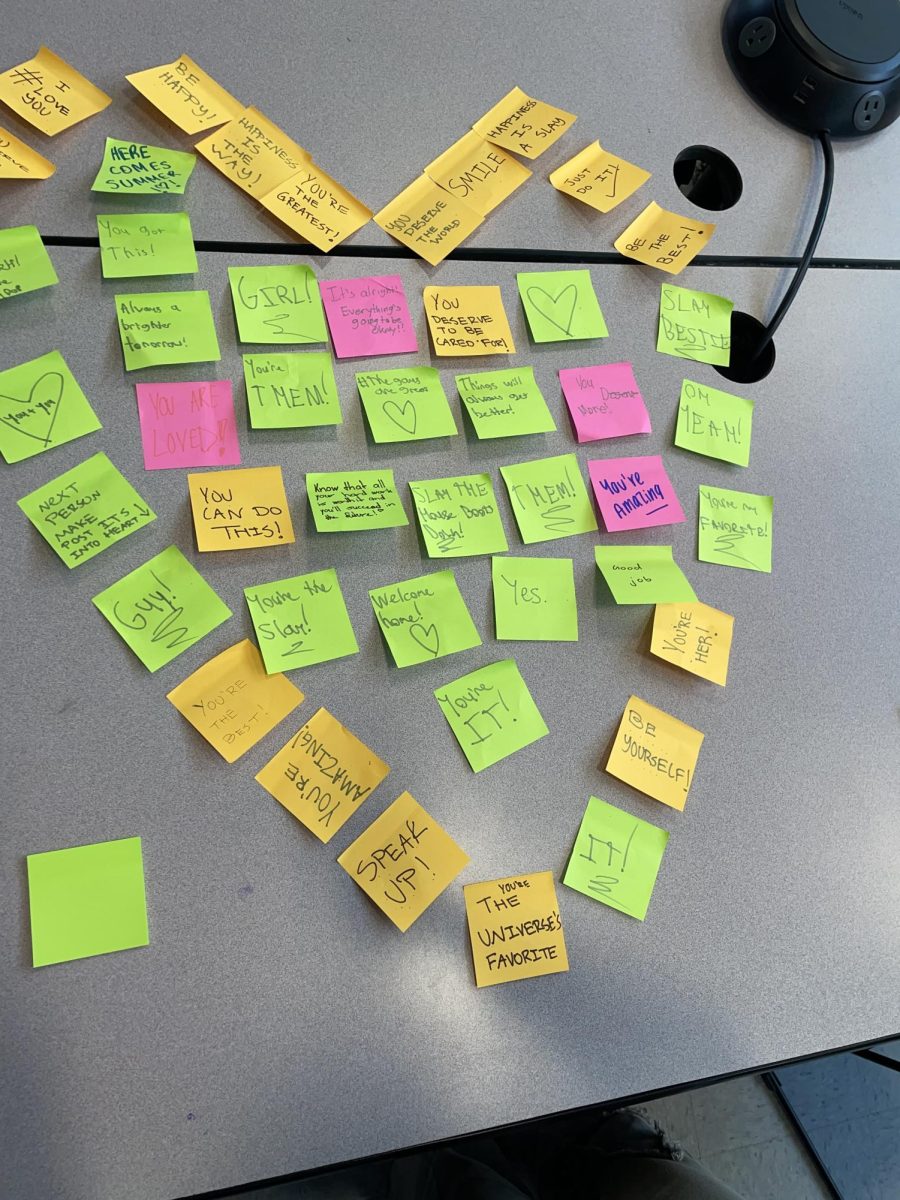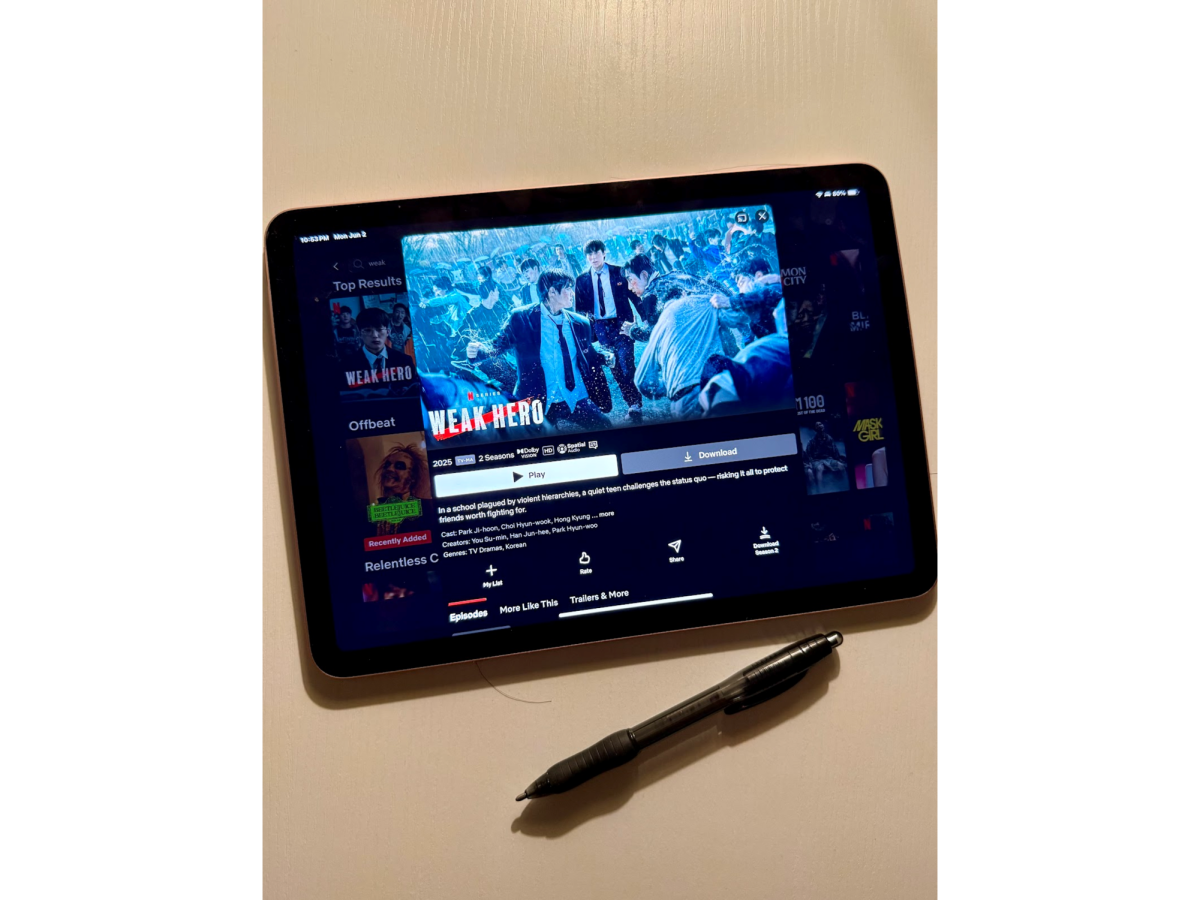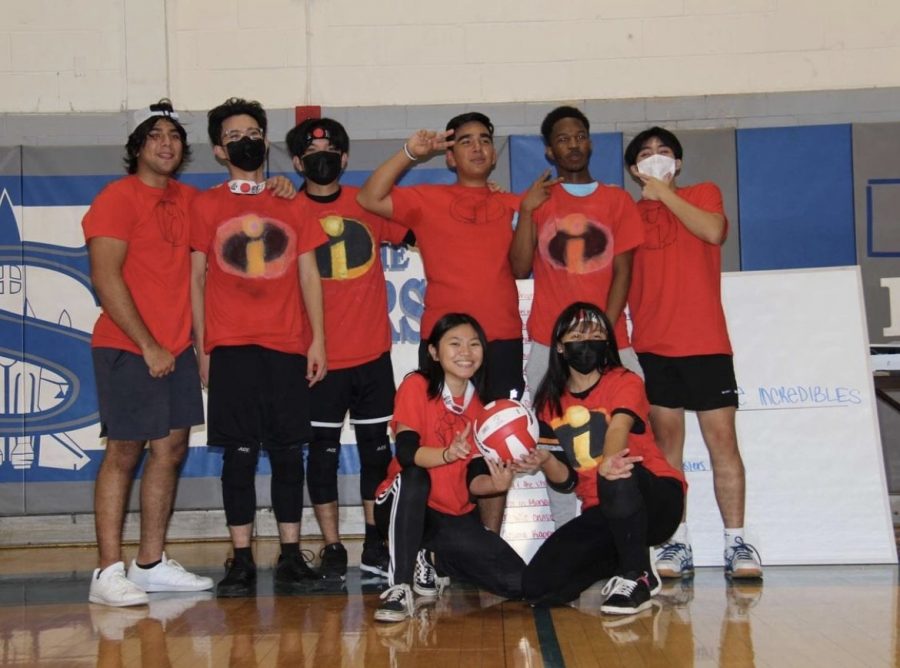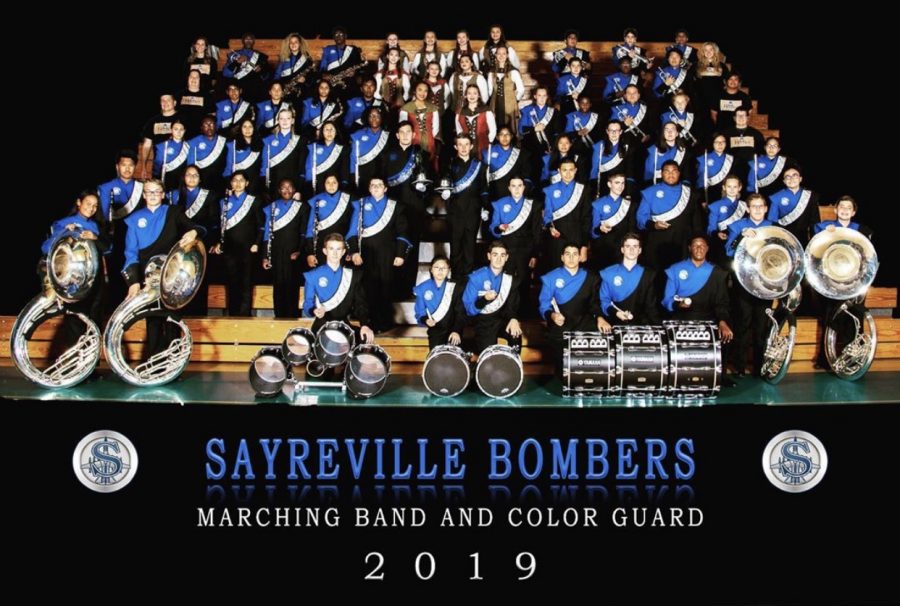Marching band: A glimpse behind the scenes
November 1, 2019
On the night of the marching band competition, “A Night of a Thousand Stars”, editor Kavita and I got the opportunity to witness Marching Band Culture. We were surprised to say the least, and immediately became fascinated with their regimen. There were so many things going on, with several buses transporting groups from different schools, practice on the Middle School recess field, baking and cooking going on in the Home Ec room, and so much more.
It was after Sayreville’s performance that we wanted to learn more about what it was like to be involved in Marching Band. We learned from our fellow writer Ryan Real how vigorous the schedule can really be. A typical week in their shoes looks something like this:
Monday: 3 hour practice from 6:00 to 9:00 p.m.
Thursday: 3 and a half hour practice from 3:00 to 6:30 p.m.
Friday: If there’s a football game, 3 and a half hour practice from 3:00 to 6:30 p.m.
Saturday: If there’s a competition, 4 hour practice from 9:00 a.m. to 1:00 p.m.
This does not include the hours of independent practice needed as well. For anyone who’s involved in afterschool activities, this schedule may not be all too unfamiliar.
The problem with marching band though is how personally we see people treat marching band as if it’s a joke. Senior alto sax player Musawwir Rizvi clears this up by explaining that “Marching band is a whole lot more complicated than people give it credit for. At any given moment a band member has to recall their music, remember the path they’re taking in the set, make sure the instrument is giving a good tone, make sure your feet are in step, make sure you are breathing correctly (yes, for musicians there’s a right and wrong way of breathing) and make sure your facial expressions are selling the show you are putting on.”
A Learning Experience
Marching Band teaches some important life lessons that will be used beyond your final performance. The most important one is being punctual and making sure you’re on time for the courtesy of others. As they say: “15 minutes early is on time, and on time is late.”
This experience also teaches how to deal with certain people for the sake of getting the job done. Marching Band attracts different people and you’re not going to like everyone there so you just have to suck it up and power through.
Another one is learning to respect others, especially authority. Nothing will get done if everyone is screaming at each other, so it truly is a big collaboration with each other to make sure everyone does their part and it balances all together. As sophomore Anisha Arif, who is the section leader of the clarinets says: “Marching Band has helped me find a skill that I’m proud of. It also helped me get better at talking to people and be less hesitant to speak my mind . This year in particular has really taught me some skills in teaching others and helping them fix the errors.” When you enter the real world, marching band allows you to hit the ground running and have a head start from your peers who did not go through this rewarding journey.
Favorite Memories
Though students have a more challenging schedule during the marching band season, they still seem to have a memorable time. As an outsider, you would expect that after the 12 hours of being at a competition many would be annoyed and tired but that isn’t the case (or at least they don’t show it). The students of the SWMHS marching band were sitting on the stands with their friends and having a good time, while watching performances of the other marching bands. Anisha Arif specifically said that her “best memories come from the fun I have on the buses with the other members.”















